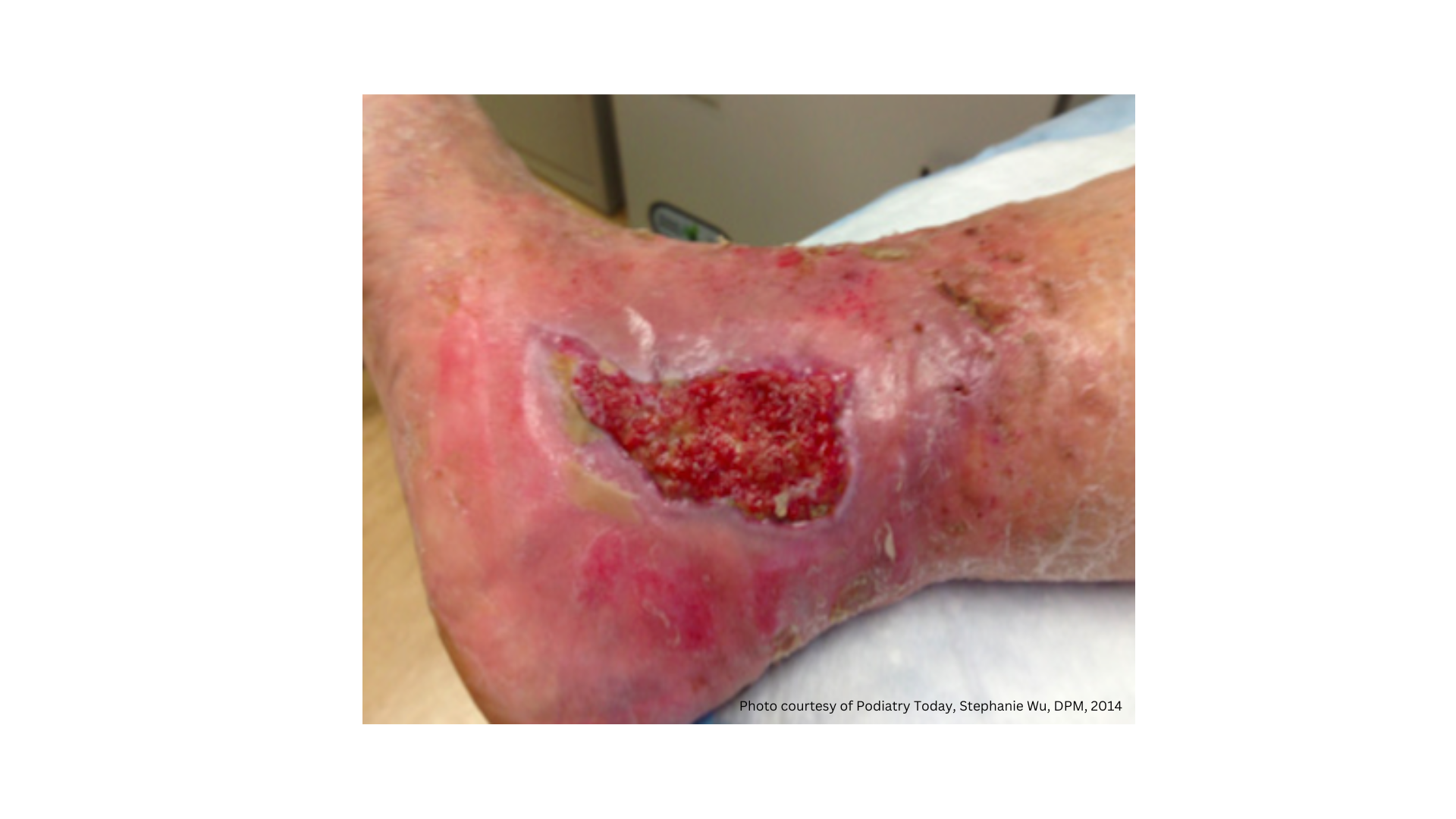Pressure Mapping for Pressure Ulcer Prevention: What Nurses Should Know
December 13, 2012
By Laurie Swezey RN, BSN, CWOCN, CWS, FACCWS
Pressure mapping has traditionally been used by physiotherapists, occupational therapists, chiropractors, orthotists and other health professionals to determine where pressure might become an issue for a patient and how to redistribute skin-damaging pressure for the prevention of pressure ulcers.
How does pressure mapping work?
Pressure mapping provides a three-dimensional image of the pressures induced when a patient lies, sits or stands on a pressure-sensitive mat. A computer screen provides numbers, colors and graphical images available in several views and options. Often, red or orange areas of coloration will be interpreted as an area of high pressure, where shades of blue or green may indicate areas of lower pressure. It is important to understand the particular model of pressure mapping device you are working with in order to correctly interpret results, as different manufacturers display information differently. This issue of standardization of equipment is one that must be addressed in the future.
Advantages of pressure mapping
The use of pressure mapping can be very helpful in determining where the greatest areas of pressure are occurring. Patients are often appreciative of the fact that mapping can raise their awareness of their positioning and can help them to reposition themselves more effectively to prevent the formation of pressure ulcers.
The surfaces that patients come in direct contact with should be assessed for areas of high pressure. Pressure mapping should be done on a routine basis in order to be effective. Pressure mapping can never replace repositioning, but it can greatly augment the nurse’s and patient’s awareness of areas of concern.
Preparing the patient
Pressure mapping may take up to 30-60 minutes. You should make your patient aware that pressure continues to change for several minutes after the sensor has been placed in the correct position, so it is important to wait until the numbers have “settled out.” As a nurse, you may have to assist in repositioning the patient throughout the procedure. The procedure itself is painless.
Pressure mapping can provide both nurses and patients with valuable and visual information that can aid in the prevention of pressure ulcers - a win/win situation for everyone involved.
Sources:
Hanson D, Langemo D, Anderson J, Thompson P, Hunter S. Can pressure mapping prevent ulcers? Nursing. 2009;39(6):50-51. doi: 10.1097/01.NURSE.0000352337.67771.e0
Hanson D, Thompson P, Langemo D, Hunter S, Anderson J. Pressure mapping: A new path to pressure ulcer prevention. Wound Care Advisor. http://woundcareadvisor.com/pressure-mapping-a-new-path-to-pressure-ulc…. Published May 8, 2012. Accessed December 10, 2012.
About The Author
Laurie Swezey RN, BSN, CWOCN, CWS, FACCWS is a Certified Wound Therapist and enterostomal therapist, founder and president of WoundEducators.com, and advocate of incorporating digital and computer technology into the field of wound care.
The views and opinions expressed in this blog are solely those of the author, and do not represent the views of WoundSource, Kestrel Health Information, Inc., its affiliates, or subsidiary companies.
The views and opinions expressed in this content are solely those of the contributor, and do not represent the views of WoundSource, HMP Global, its affiliates, or subsidiary companies.







